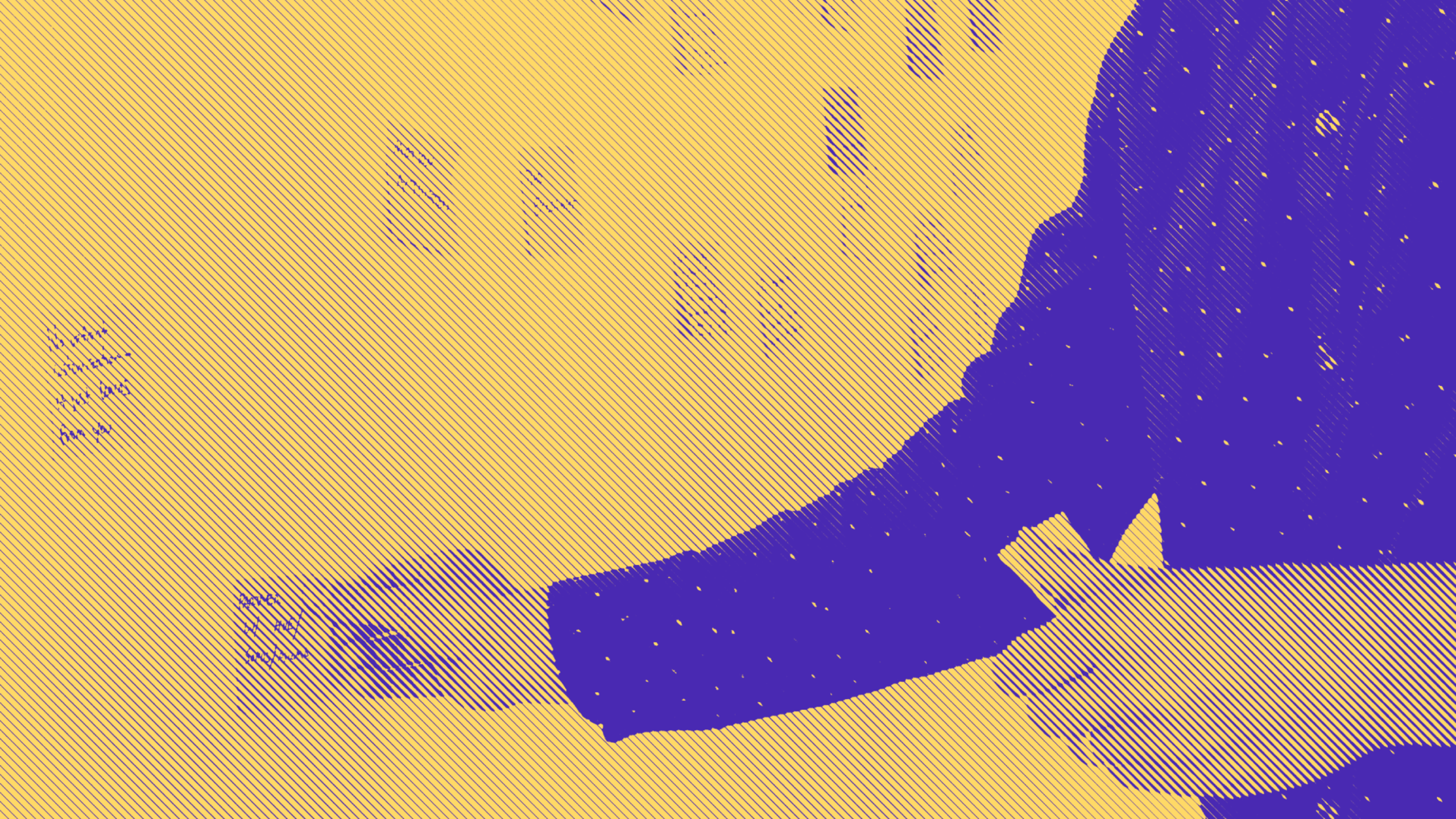
How to Define the First Version of Your Digital Product
So you’ve got a big idea. You have a vision for a digital product that solves an impactful problem in your industry. One day, people won’t be able to imagine a world where your product doesn’t exist (shout out to Google Maps).
You decide to talk to a development firm about your idea. You can’t wait to get your digital product built! You go through the quoting and estimating process, and the development firm tells you…. all the features you want will take 3 years to build. Womp womp.
You don’t have unlimited budget or time. So how do you decide what features to include and what to cut to get your digital product out the door?
Step 1 – Determine long-term business goals for your digital product
The most important part of planning for an effective digital product is to understand your business goals and strategy. If you don’t know the business goals you want to achieve by building the product, it is very difficult to prioritize which features are the most important. Starting with the end in mind is the key to building a successful digital product.
At the core of any product decision is a business decision.
Building version one of your product with the long term vision in mind will save many hours and dollars down the road.
Some questions to ask yourself at this phase:
- Where do you see your company in five years?
- Where do you see this product in five years?
- Is this product core to the success of your business?
- Do you need a full team to support this product?
Step 2 – Define goals of an initial release of your digital product
Once you have a long-term vision for how your digital product will enable your business, the next step is to start defining the first version of the product.
A good place to start when building the first version of a digital product is to look at your long term goals from step 1, and to work backwards. Working backwards will help you determine logical goals for the first version. It will also protect you from adding unnecessary features to your product that aren’t aligned to your goals.
Some questions to ask yourself at this phase:
- What goals do you want users of your MVP to accomplish in the product?
- Which types of users (personas) are you targeting with your MVP?
- Is your first version aimed at existing users or addressing a completely separate market?
- What revenue numbers do you need to hit for your MVP to be a success?
Step 3 – Prioritize features that help accomplish the goals of your initial release
Now that you have goals for the initial release, here comes the fun part: Ruthlessly prioritizing and eliminating unnecessary features. Every feature costs money to build, but not every feature will be worth something to your users.
Look back at your goals for the initial release from step 2, and think about who your target users are and what goals they want to accomplish in your digital product. Think about what features these target users need to accomplish their goals, and eliminate features that they don’t need. To validate your assumptions on feature priorities, you can also conduct light user research with potential users.
If features in the digital product you have dreamed about don’t help the user accomplish their main goals, save them for later. They might still be valuable considerations down the road, but are not essential for the first version of your product.
Some questions to ask yourself at this phase:
- Is this feature a must-have for version one for your target users?
- Will this feature be used 90% of the time, or 10% of the time?
- Will this feature help you reach the revenue numbers you want to achieve from MVP?
- Will this feature help you reach the number of users you want to reach with MVP?
Step 4 – Communicate these features to your development team
Now that you have reduced the amount of work a development team will need to do for version one of your digital product, communicate that plan to get a quote and timeline. The more clarity and direction you can provide about the specifics of your product, the more accurate timeline and quote the development team can give you.
Some questions to ask yourself at this phase:
- What is the absolute maximum amount I can spend on version one of my product?
- When do I need to have version one of my product released?
If the development team gives you a quote over your planned budget, or a timeline not inline with your goals, re-evaluate steps 1-3 to see if you can eliminate features from your initial version.
Conclusion
The first version of your digital product will not have every feature you have dreamed of, and that is okay: A digital product is a living, breathing thing. You will be able to adjust it and iterate on the product over time.
To build a successful digital product, it is important to begin with the long-term business goals and work backwards. If you can prioritize features to build a first version of your digital product that helps your users accomplish their goals while helping you accomplish your business goals, that is a great place to start.
Next Steps
If you need guidance defining the first version of your digital product, reach out with any questions.
If you want to validate that your idea is as great as you think it is, read Katie’s article to make sure your digital product is helping solve the problem you think it solves.



